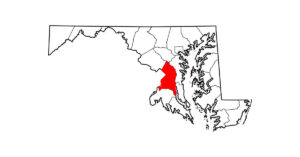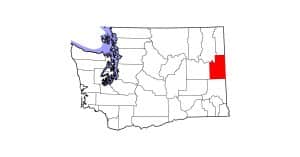BCH of Washington Aids in Pacific Crest Trail Reconstruction
- Topics: Article, Horse Industry News
Back Country Horsemen (BCH) of America says it values wild lands and the right to enjoy them by horseback. Protecting the wilderness from unnecessary damage is imperative to keeping it pristine. But that creates unique challenges that can prevent proper maintenance of trails, bridges, shelters, and other amenities that allow us to recreate there.
The U.S. Forest Service’s wilderness regulations prohibit the use of motorized or wheeled equipment, which can cause extensive damage even when operated with care. The only way to access these remote places with the tools and supplies necessary for making repairs is the same way our ancestors traveled: on the back of a saddle horse, leading a string of pack horses and mules.
Supporting Others’ Efforts
Back Country Horsemen of Washington collaborates and partners with other trail advocacy organizations to manage and maintain some of the most remote regions in that state’s mountains. The Lewis County Chapter recently provided pack stock support to the U.S. Forest Service and Pacific Crest Trail Association (PCTA) for a month-long project on the Pacific Crest Trail, a 2,550-mile trail corridor that stretches from Mexico to Canada. Organized by PCTA, this project rebuilt a section of the trail across Packwood Glacier basin in the Goat Rocks Wilderness of the Gifford Pinchot National Forest, where motorized and wheeled equipment is prohibited.
Proper Preparation
Prior to packing the trail crews, their equipment, and supplies to the 7,000-foot elevation worksite, it was necessary for everyone’s safety to repair a bridge over Goat Creek on Snowgrass Trail, a major feeder trail. Rotten decking was replaced to support horses carrying workers and supplies. In preparation for the bridge repair, Lewis County Chapter BCH volunteers manufactured 50 hand-hewn cedar planks. Balanced on each side of a pack animal, two planks at a time were carried two miles to the worksite. Then, U.S. Forest Service Cowlitz Valley Ranger District personnel removed the old decking, nailed down the new bridge planks, and cleared winter blowdowns from the trail to the PCTA base camp
Create a free account with TheHorse.com to view this content.
TheHorse.com is home to thousands of free articles about horse health care. In order to access some of our exclusive free content, you must be signed into TheHorse.com.
Start your free account today!
Already have an account?
and continue reading.
Written by:
Edited Press Release
Related Articles
Stay on top of the most recent Horse Health news with












